How to match an amplifier with speakers in your home cinema
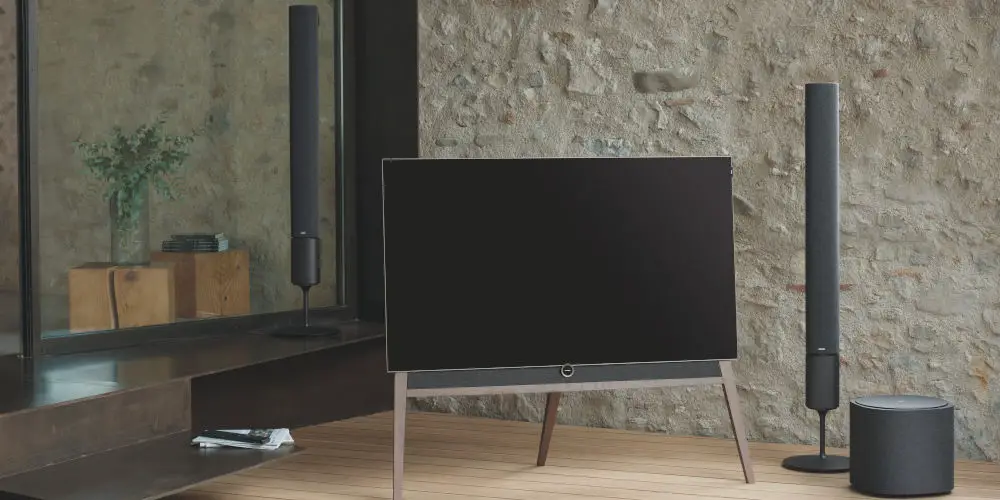
It might look fairly simple to match an amplifier with speakers but done wrong, you could blow the whole lot, costing you a small fortune in the process. Unfortunately, there’s more to setting up your amplifier and speakers than connecting a few wires.
Imagine spending countless hours researching and trying different speakers to find the perfect set for your home cinema, only to pair them with the first amplifier you see. Yet the amplifier is just, well nearly, as important as the speakers to ensure a crystal clear full-range sound.
It’s easy to lump every AV receiver together and assume that because they look similar, they are. The fact is each AV receiver offers something different. It could be the connection, technology, software or even built-in Wi-Fi.
So there’s a lot to consider when trying to match an amplifier with speakers. You need to find units that are compatible that build a complete system.
By ensuring speakers and amplifier synergy, you can ensure a fuller, richer sound without having to worry about blowing up components or long term performance.
Rather than providing you with an overly technical guide that requires a maths degree to understand, here are all the essentials you need to know as a home cinema enthusiasts. Apologises to the audiophiles, but you’ll find no complicated maths or advanced terminology!
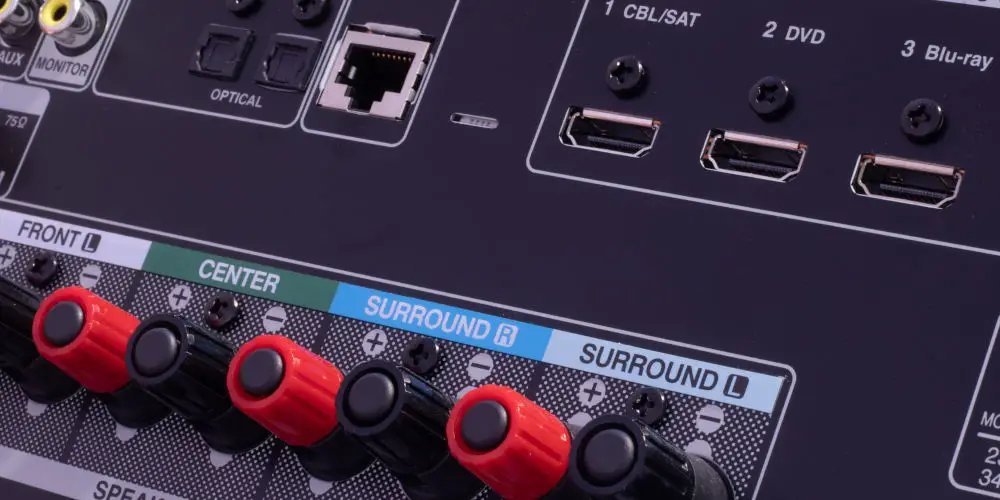
Understanding the basic terminology
To ensure you have the best results when trying to match an amplifier and speakers, you first need to understand some of the basic Hi-Fi terminology we use. Thankfully, there are only three you need to know: impedance, power and sensitivity.
What is Impedance?
Both amplifiers and speakers have an impedance rating which is a measurement of the electric resistance of your component. It’s measured in ohms and often denoted by the Ω symbol, like 4Ω.
We use impedance to determine the compatibility between an amplifier and speakers. Typically, speakers have ohm ratings between 4 and 8. Amplifiers usually operate best and are rated within a specified range, like between 6 and 12 ohms.
By checking the specs of your amp and speakers, you can determine if they’re compatible. You can find this information easily either in the spec sheet or using the manufacturer’s website, or it could be written on each unit.
In terms of practical advice, you can connect speakers with a higher impedance to an amplifier capable of operating with a lower impedance.
However, the reverse will cause damage to your equipment. So don’t connect 4-ohm speakers to an amplifier with a higher minimum impedance. For more, read our article on 4 Ohm vs 8 Ohm speakers.
Following the rule will ensure you can safely match an amplifier and speakers without having to do any complicated maths! In recent years, we’ve seen many speakers and amplifiers have moved towards ‘compatible with’ ohm ratings, simplifying things for everyone.
How much power is enough?
It can get a little confusing when it comes to talking about power. The more power the better? Right? Not quite!
We measure power output in watts whether you’re talking about a Hi-Fi, home cinema amp, AV receiver and even musical equipment! However, they are always rated as the maximum they can handle or output.
For example, a Hi-Fi amplifier that’s rated 30 watts can create a volume output of up to this figure, before it starts to distort. It doesn’t mean if you turned it up to the maximum that you’d get a crystal clear sound or that it has enough headroom to produce suitable volume for your room.
Rather than looking at total output power, it’s better to consider Continuous Power (sometimes called Continuous Power Output or Continuous RMS power) as this indicates how powerful an amplifier is in normal operation.
Continuous Power delivers a fixed wattage to a fixed number of ohms, for example, 50 watts per channel into 4 and 8 ohms.
Some manufacturers will talk about Dynamic Power, however, this can be misleading when considering overall power demands. Under Dynamic Power, the output adjusts to the audio in the moment.
Should the film score feature a crescendo, then more power will be posted to the speakers for the milliseconds that the music becomes greater in volume. When the music dies down, the amplifier will return to normal operation offering less output power.
As you can hopefully see, even if an amplifier has the potential to push 100 watts into 8 ohms, it’s only in fact doing this for a second or two and not continuously. Hence, why Continuous RMS power is a much better and fairer measurement.
In terms of speakers, each manufacturer displays the recommended amplification (wattage) levels slightly differently. So you’ll want to ensure that your speakers are rated far higher than your amplifier to ensure there’s plenty of clean headroom available.
How do you measure sensitivity?
Finally, and only applying to speakers, sensitivity is the measure of how loud a speaker is in decibels when 1 meter away and being driven by 1 watt of power. If you’re wondering why should care, it’s quite simple. Sensitivity is directly linked to how loud your speakers can get.
For example, say we have two speakers being powered by the same amp and positioned 2 metres from your seat. The only difference is that the left speaker has a lower sensitivity than the right. So, the speaker on the right will be louder.
That said, you might prefer a lower sensitivity speaker as they can be driven harder by the amplifier creating a warmer sound. On the other hand, you might choose speakers with higher sensitivity as you then don’t need such a powerful amp.
Another factor to consider is how sound waves travel through the air. As volume quickly drops off, every time you double the distance between you and the speakers, you’ll need a much more powerful amplifier to create the same volume level.
For example, try this: if you sit 2 metres away from your speakers and adjust the volume so that it’s comfortable. Hopefully, it sounds good! Now move so you’ll 4 metres away. You’ll instantly notice a drop in volume and will want to turn the volume up to make up for the difference.
Overall, it’s worth balancing amplifier power with speaker sensitivity to ensure you have plenty of volume without needing to turn the amplifier up to its maximum yet can hear even the smallest of sounds.
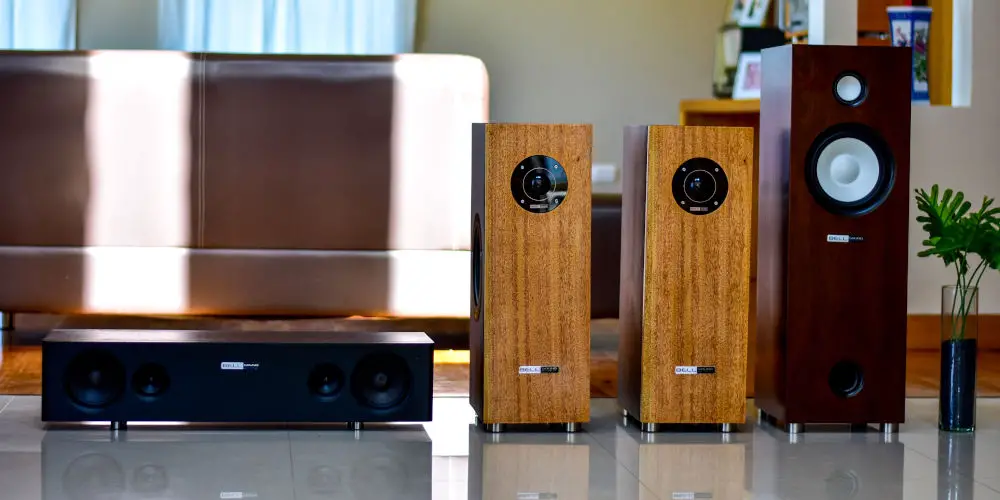
How to match an amplifier with speakers
If you’re suffering from information overload, that’s understandable. However, there are no shortcuts to correctly match an amplifier with speakers. With the basics of impedance, power and sensitivity covered, it’s worth considering speaker purpose and position.
An expensive valve Hi-Fi located in a dedicated listening area will have completely different demands and requirements from a home cinema set up. You probably sit closer to the Hi-Fi and need less power, allowing you to drive the valves hard and experience the warmth they create.
In a home cinema, you’ll want to use larger speakers with higher sensitivity or a more powerful amplifier as the sound waves need to travel further while maintaining the dynamic range. Of course, it depends on your home cinema speaker placement and the overall set up.
If you want to be able to calculate the ideal sound pressure levels (SPL), then use this excellent SPL calculator as it takes into account a wide variety of variables.
You could instead apply some common sense. It doesn’t take a genius to realise you’ll need 200 watts of power for your speakers to reach 85db from 3 meters away, especially if your current speakers can’t handle more than 50 watts of Continuous Power.
You should also consider impedance when trying to match an amplifier with speakers. You do need to check if your speaker impedance and power handling is compatible with the imprudence range of your amp and output power it can deliver safely.
While this might sound overly complicated, it isn’t. At the core, only a handful of factors matter and these can easily be checked. Plus you’ll need to do some maths, but you can use an online calculator and some common sense.
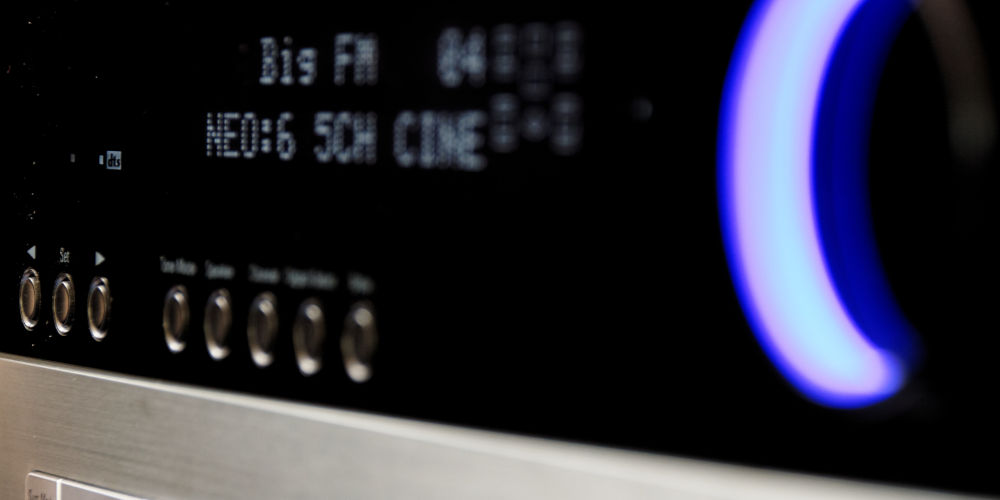
What to avoid when pairing speakers and amplifiers
It can be easier to follow the rules and avoid making mistakes. The last thing you want to happen when you match an amplifier with speakers is to blow up a component or the whole system. There are a few things you’ll want to avoid doing to ensure your home cinema system stays in good working order.
Don’t exceed the speaker’s rating
Never connect your home cinema speakers to an amplifier with a Continuous Power output that exceeds the power handling capabilities of your speakers.
As your speakers can’t dissipate the heat energy coming from the amplifier, it burns up the voice coil in the speaker, along with its suspension. Your speaker will be destroyed.
Don’t use an amplifier that’s too weak
If your amplifier doesn’t have enough power, you’ll be constantly turning the volume control up until you find a comfortable volume, which likely doesn’t exist. You’ll quickly find the amplifier will start to overheat and the signal will be distorted.
While an underpowered amp is not as deadly as exceeding the power of your speakers, it can wear your amp and speakers out quickly. So, avoid this problem by correctly pairing an amplifier with plenty of headroom with your speakers. It shouldn’t cost you more to get it right in the first place.
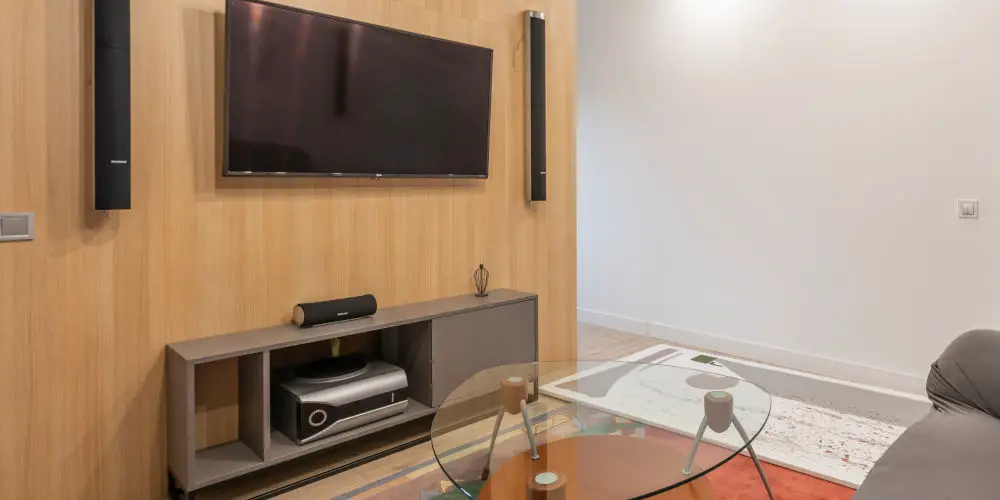
Ensuring you correctly match an amplifier with speakers
Before you admit defeat and claim that it’s too complex to match an amplifier with speakers, consider that all you need is a little research, some common sense and some basic maths.
By doing some research and asking for advice, will help you not only to find a set of speakers and amplifier which not only work together but that sound amazing! Not to mention, with the right care, they will continue to work in partnership for years to come.
Our top tip is to hear your chosen speaker and amplifier together before purchasing. However, if you can’t but have followed our instructions above, then you should be easily able to match an amplifier with speakers.
Trust us, when this is done right, you’ll enjoy using your home cinema room far more as it will offer a superior sound across film, TV, games and music. So it’s well worth spending the time before buying to ensure your system exceeds your potential demands.




